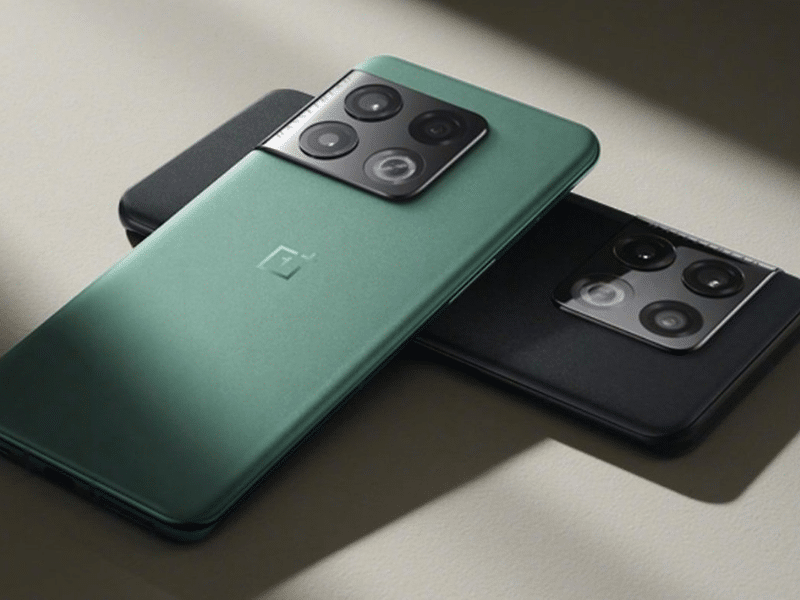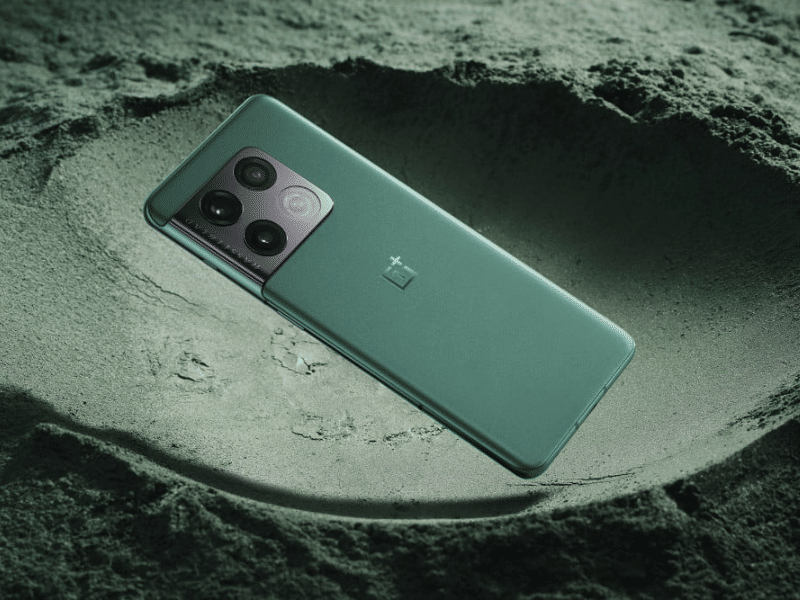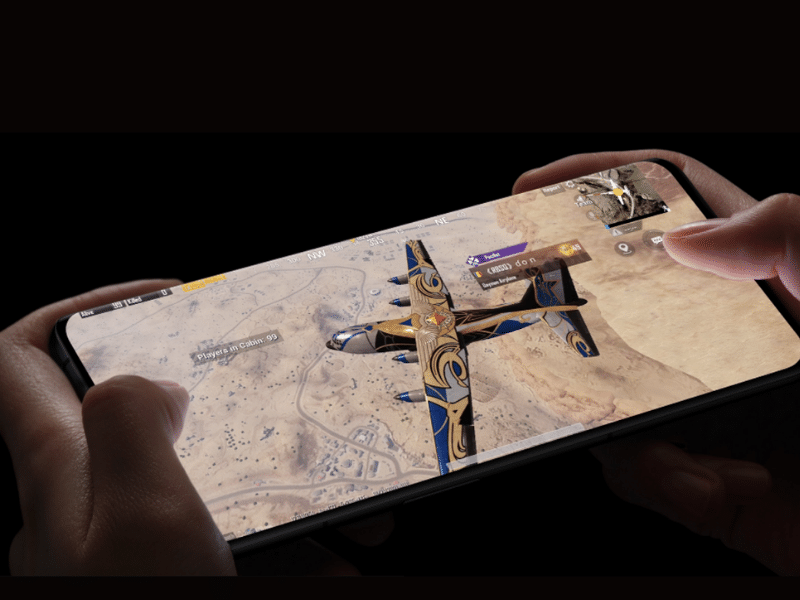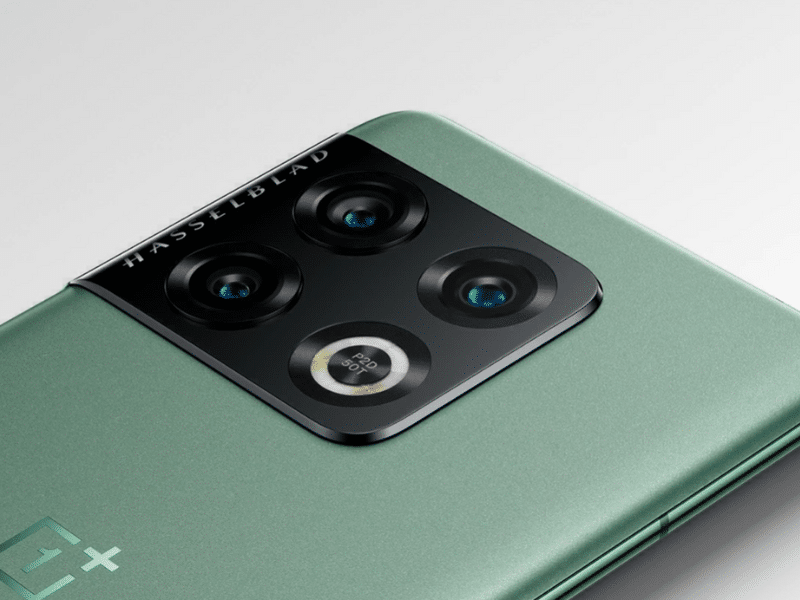The OnePlus 10 Pro is finally upon us, and it’s definitely a phone to be excited about. This powerhouse offers up some top-of-the-line features to challenge the big names out there like Samsung and Google. However, the OnePlus has still some work to do with its mediocre low-light camera performance and support for only a few 5G networks. But overall, the OnePlus 10 Pro is a great phone and has plenty of the things you’ll want in a high-end Android phone without spending a fortune.
So, what exactly can you expect from the OnePlus 10 Pro?
Here’s everything you need to know.
OnePlus 10 Pro: Release Date and Price

OnePlus 10 Pro was launched in China in January after first revealing the phone at CES 2022. The wait is over for everyone else as OnePlus has now announced that it is available to buy now globally, with key markets being North America, India, the UK, and Europe.
As for the price, the OnePlus 10 Pro starts at $899 (£799/€899/₹66,999) for the 8GB RAM/128GB storage model. If you live in the UK, you can max out the OnePlus 10 Pro by opting for the 12GB RAM/256GB storage configuration, which will set you back £899 (€999/₹71,999).
You can buy it directly from OnePlus, or from select carriers and retailers.
For reference, the Samsung Galaxy S22 Plus costs $999, while the Google Pixel 6 Pro starts at $899, and the Oppo Find X5 Pro starts even higher at roughly $1,500.
Read more: iPhone 13 Pro Max: Everything to Know
OnePlus 10 Pro: Design

OnePlus has made some subtle changes to the OnePlus 10 Pro’s design, and it now looks more stylish than the previous OnePlus 9 models. This new flagship phone comes in three colors: Volcanic Black, Emerald Forest, and Panda White (Extreme Edition). However, Panda White is exclusive to China. It has an aluminum frame and Gorilla Glass Victus on the front panel, as well as Gorilla Glass 5 on the back.
The OnePlus 10 Pro measures 163 x 73.9mm x 8.55 mm and weighs 200.5 grams. It’s slightly narrower and lighter than the Galaxy S22 Ultra, though it’s still quite large.
The alert slider, a staple of OnePlus phones, is still here and as useful as ever. For starters, it has a three-step switch: silent, vibrate, and ring.
Unfortunately, this flagship phone does not come officially with an IP rating for dust or water resistance. However, a carrier-exclusive model only sold through T-Mobile in the US does have an IP68 rating. OnePlus has confirmed that there are no build quality differences between that model and the others.
OnePlus 10 Pro: Display

The OnePlus 10 Pro has a large, beautiful 6.7-inch display with a fast 120Hz refresh rate. OnePlus calls it the LTPO Display 2.0. It allows the display to intelligently scale its refresh rate between 1Hz and 120Hz depending on the on-screen content. It has a 3,216×1,440-pixel maximum resolution, making tiny little details look sharp.
With a high max brightness of 1,300 nits, the OnePlus 10 Pro’s display is plenty bright for use outdoors.
A Dual Color Calibration was also introduced with this flagship phone. This feature allows for more accurate image reproduction while still maintaining excellent color saturation and white balance.
OnePlus 10 Pro: Camera System

Although the OnePlus 10 Pro’s camera system doesn’t quite match up to that of the Galaxy S22 Ultra or the Google Pixel 6 Pro, it can still take great photos. The bump on its back looks like it houses four camera lenses, but it’s actually only three – the fourth section is for a surprisingly large LED ring light. It has a 48MP main camera, a 50MP ultra-wide camera, and an 8MP telephoto camera. As before, all three come with Hasselblad branding. The biggest hardware change in its camera system appears to be the support for a 150° field of view on its ultra-wide lens. Using this will have this phone offer a ‘fish-eye’ style mode.
There’s now an option to shoot in HEIF (High-Efficiency Image Format), a compressed still photo format with 10-bit color that Apple has also adopted. You can enable this for all three rear cameras. You can also enjoy the new RAW shooting mode, too, called RAW Plus. It’s a computational RAW mode, like Apple’s ProRAW and Samsung’s Expert RAW. RAW Plus produces standard DNG files that can be edited in any RAW processing software or apps, such as Lightroom or Snapseed.
There are a few more additions to the camera feature set, like the three new color filters called Master Styles named for Hasselblad ambassadors.
Then, there’s the 32-megapixel front-facing camera for all your selfie needs. With double the resolution of the 9 series’ selfie cams, this is at least an upgrade.
In terms of video recording, this phone can shoot in up to 8K at 30fps, 4K at 120 fps, and 1080p at 240 fps.
OnePlus 10 Pro: Performance and Software
Under the OnePlus 10 Pro’s hood is a Snapdragon 8 Gen 1 chipset, which is the latest and greatest from Qualcomm. Paired with either 8GB or 12GB RAM, there’s no doubt that it’s capable of handling anything you throw at it.
OnePlus’s OxygenOS interface is still one of the lightest and most customizable Android skins out there, so you won’t have any issues with bloatware or a slow UI.
OxygenOS 12.1 ships standard on the OnePlus 10 Pro and includes a number of bug patches as well as some community-requested features. The new dark mode option is the most notable. You can choose from three: Gentle (light grey), Medium (dark grey), and Enhanced (AMOLED black).
Unfortunately, OnePlus has only three years of platform updates and four years of security updates. Samsung still offers the best support among Android device makers, with four years of OS upgrades and five years of security updates.
OnePlus 10 Pro: Battery Life and Connectivity
The OnePlus 10 Pro has a large 5,000mAh battery, which is plenty for a full day of use. It supports 80W wired charging — the quickest yet from OnePlus – as well as 50W wireless charging and reverse wireless charging. Due to the differing power provided by the outlets in the US, charging will be slightly slower at 65W. OnePlus says that you can charge the OnePlus 10 Pro from 0% to 100% in 30 minutes with the included charger.
The 10 Pro, like all other flagship Android phones, has 5G connectivity. It’s simply sub-6GHz 5G, no super-fast millimeter wave (mmWave), which shouldn’t be a problem for most people. However, at the time of writing, there is no AT&T 5G support, but you can bring it to the carrier to use just on its 4G network.






